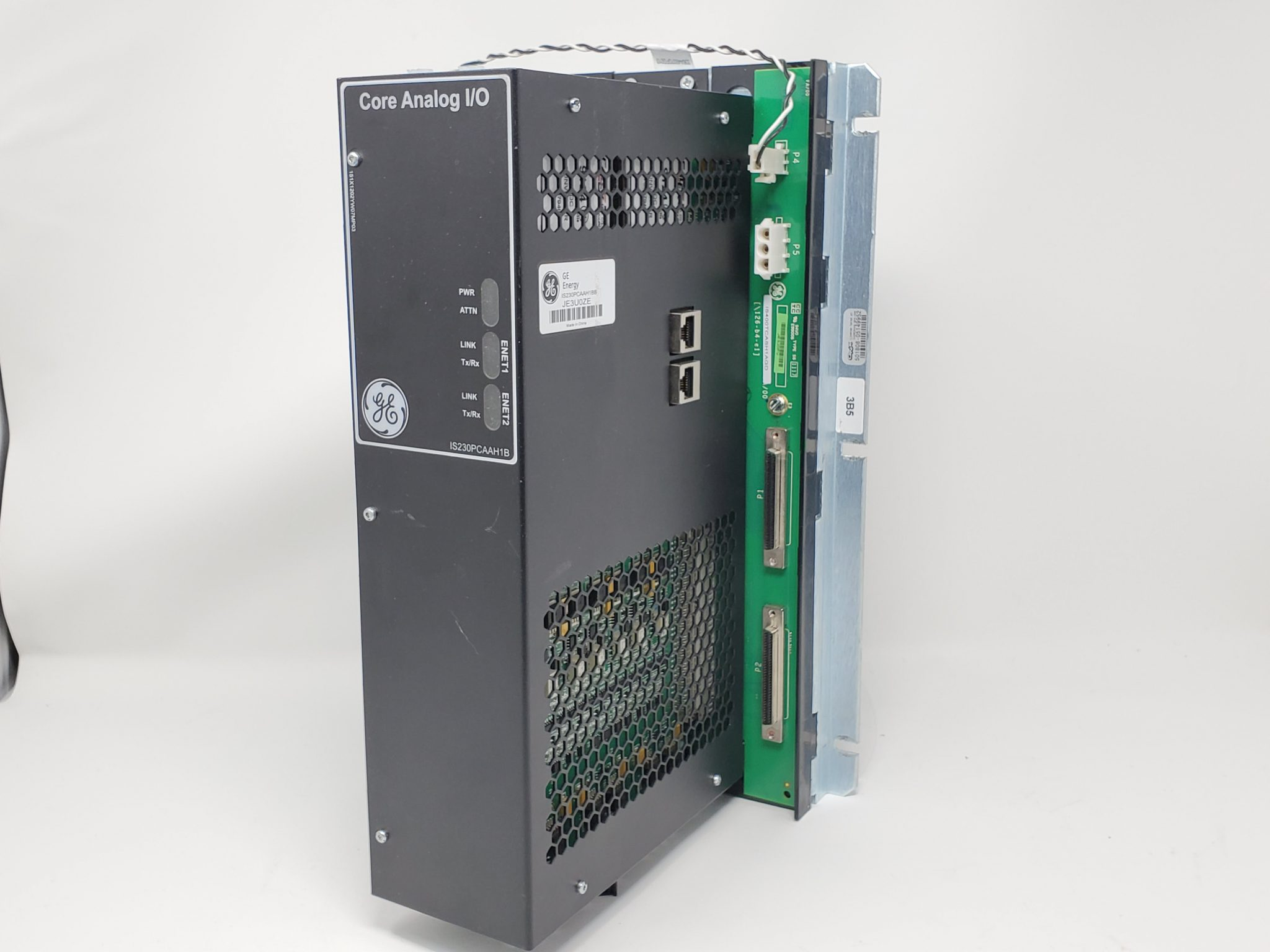
Remote Monitoring for Asset Reliability
Perhaps most importantly, reports should not just list asset health, but also provide actionable information to resolve problems, and the reasoning behind those decisions. Teams should be able to read a report and know exactly what to do to solve the problems that must be addressed.
Moreover, they should also have a way to provide feedback so they can report what they find when they perform repairs. Armed with that information, remote analysts can close the loop on problems, ensuring corrective actions resulted in expected outcomes.
4: Find a solution that can be customized to the plant’s unique needs
No high-quality analytics solution is going to be one-size-fits-all. Every plant is unique and uses different equipment, technologies and personnel to operate at its best. As a result, the best remote analytics solutions are the ones that can be adjusted to meet a plant’s specific needs.
For example, every plant handles cybersecurity in its own way, and every plant will want to protect its data. Finding a remote analytics provider who can work with the plant’s unique defense-in-depth strategy to make their solution work will lead to much more positive outcomes.
In addition, with the rising use of artificial intelligence (AI) in analytics, teams will want to identify a solution with the right mix of human analysis and AI solutions. Many organizations use AI to do some or most of their analysis. But while the pattern recognition strategies in AI are useful for fast results, they can also frequently misidentify faults. Reliability teams will get better results from providers who also use certified human experts to dive into results from AI analysis of raw or contextualized data.
For example, fault severity is very difficult for AI to distinguish. An AI solution can identify the same pattern on two different bearings, one that may last another month, and one that might last a year. In most cases, it takes an ISO certified analyst with years of experience to truly know the difference.
Knowledge informs the best solutions
As reliability teams struggle to do more with less, many need outside help, either to supplement the analytics work they are already doing, or to close gaps created by personnel shortages. Such solutions can help teams drive higher efficiency across the plant to secure competitive advantage and be easily customized to meet their unique needs. Finding the right remote analytics solution is not difficult, it just requires knowing the benchmarks to look for and asking the right questions.























.jpg)












































.jpg)
.jpg)





.jpg)



.png)
.jpg)

.jpg)
_lVjBYb.jpg)

.jpg)
.jpg)



.jpg)
.jpg)







.jpg)

.jpg)
.jpg)











.jpg)





